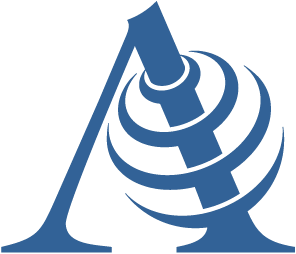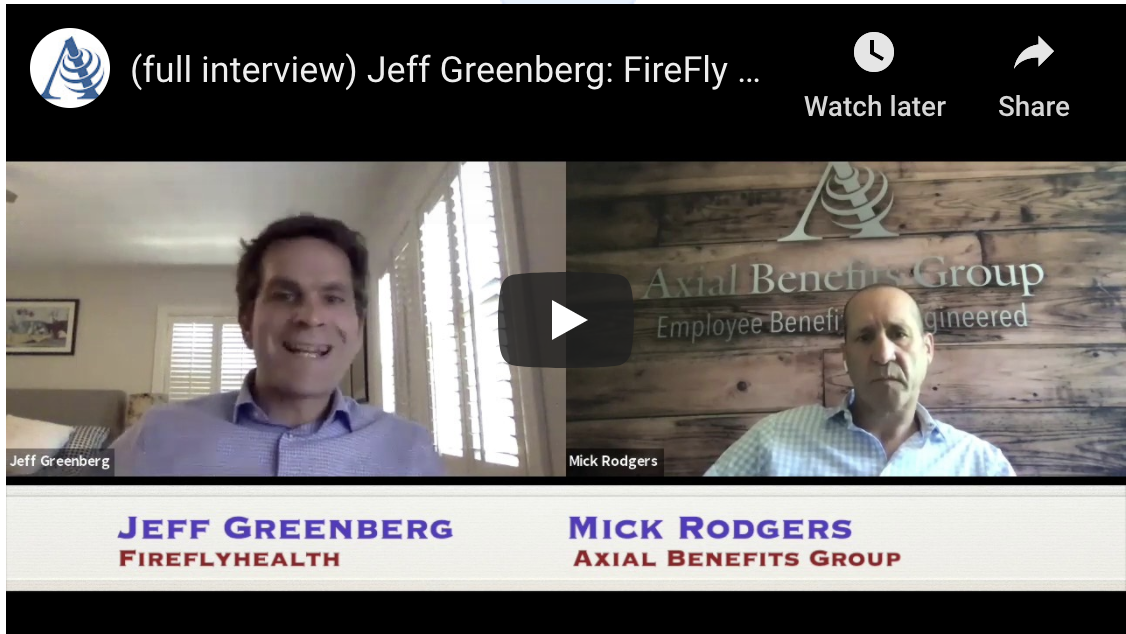HR professionals, especially at smaller organizations, often take on multiple roles that range from strategic planning to tactical execution. In addition, they are also responsible for supporting employee health, wellness and satisfaction. It’s candidly a lot of work, and the nature of their position is unique and challenging and can impact the culture and productivity of the organization as a whole. Supporting your HR team with optimized tools, technology and systems can help them keep pace with day-to-day responsibilities, while staying focused on the bigger picture at the same time. Your benefits adviser should be a key part of your high-impact HR team.

Here are five ways your adviser can help HR streamline, manage and optimize employee benefits from planning and enrollment to reporting and renewal.
- Administrative Support
This is the most commonly-known and intuitive service. A user-friendly technology platform, combined with leading account management and a proven process, can alleviate many of the time pressures associated with critical benefits functions; such as employee enrollment and education. The right tools and resources make it easier for HR to explain benefits options and answer questions. Automated enrollment solutions, enhanced employee communication support and an easy-to-use employee portal help simplify benefits selection and streamline the program management process from on-boarding through employee exit.
At a minimum, look for the following from your benefits broker:
- An intuitive, easy-to-use employee portal
- Enrollment materials collection and review services
- Retirement plan administration support
- Robust employee communications tools, including newsletters and wellness campaigns
- Benefits education materials and resources
- Social media best practices support - Strategic Planning
Healthcare benefits planning should be executed using a strategic, data-driven process. Organizations, regardless of their size, should use insight from their employee and benefits data to make informed decisions about which benefits are best for their specific employee community. The development of an employee benefits strategic plan can ensure your healthcare program is well-aligned with your financial goals and organizational needs. Benchmark studies can provide an easy way to compare plans and report on performance, as well as identify areas that need to be adjusted or improved.
Look for:
- Employee questionnaire
- Employee benefits strategic plan process
- Benchmark plan design
- Sustainable monitoring and reporting processes - Compliance Resources
This should not be overlooked. The ever-changing healthcare regulatory and legislative landscape adds increased complexity to HR leaders’ responsibilities and another layer to reconcile when formulating benefits plans. Expertise in areas such as healthcare reform and federal and state laws related to employee rights is critical, but often difficult to obtain in-house at smaller organizations. Benefits advisers can bring together this crucial knowledge with tools and resources to facilitate compliance, giving HR teams actionable information in the time-sensitive manner they need it.
Look for:
- Health Care Reform news and information
- Health Care Reform penalty modeling
- Information on compliance with federal and/or state laws including:
- COBRA
- HIPAA
- FMLA
- Internal Revenue Code Section 125
- Medicare Part D
- Additional employment laws
- Summary Plan Description audit - Enhanced Benefits
Non-traditional (or enhanced benefits) offerings can add significant value to your employee benefits programs, as well as have a positive impact on the performance of your healthcare investment. There are new programs, solutions and tools being introduced every day - some of which may make sense for your organization, while others may be an unnecessary expense. Benefits professionals can provide access to these services, such as onsite clinics, 24/7 nurse case management and clinical decision making support, within the context of your overall goals, objectives and strategic plan.
Look for:
- Data to support enhanced benefits implementation for your organization
- Expertise in integrating new offerings into benefits programs
- Performance and Use monitoring and reporting - Renewal Services
Streamlining the benefits renewal process is critical to maintaining an optimal level of efficiency across HR workstreams. Strategies such as mid-year renewals and carrier evaluations, combined with advanced claims analysis, plan design modeling and action plan creation, take the guesswork out of the renewal process and provide valuable decision-making support.
Look for:
- Renewal underwriting analysis
- Claims analysis to isolate problematic areas
- Mid-year renewal
- Insurance carrier evaluation and contract renewal support
- Voluntary needs analysis and market study
- RFP creation Plan design modeling
- Ancillary lines of coverage renewal





.png)
.png?width=196&height=51&name=Untitled%20(7).png)